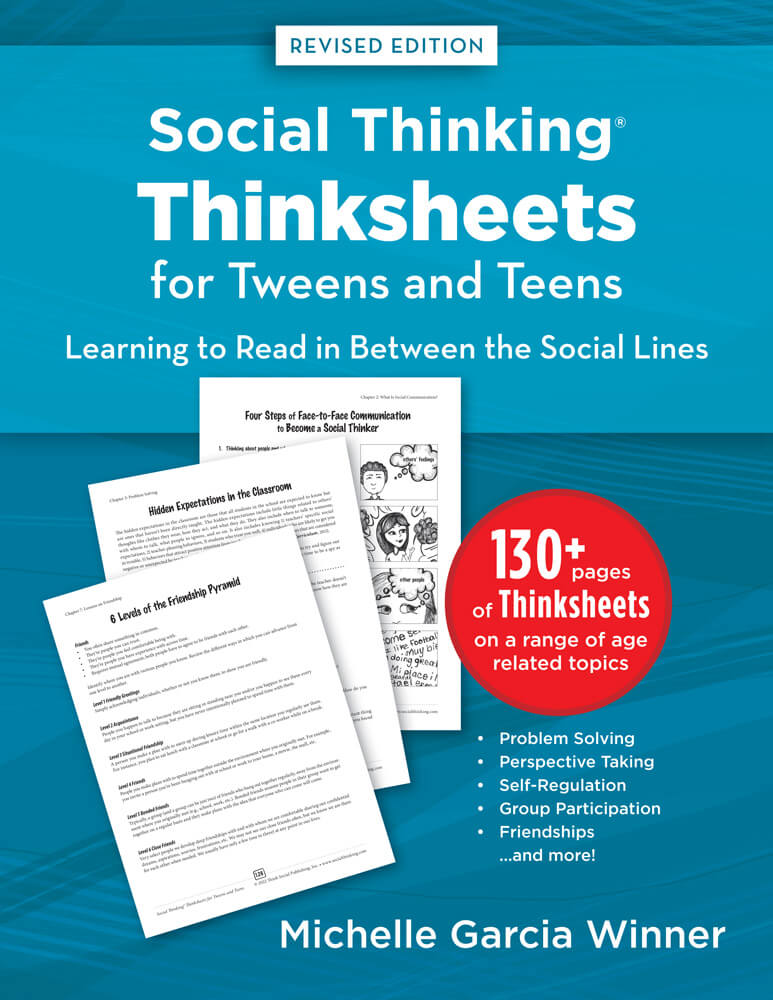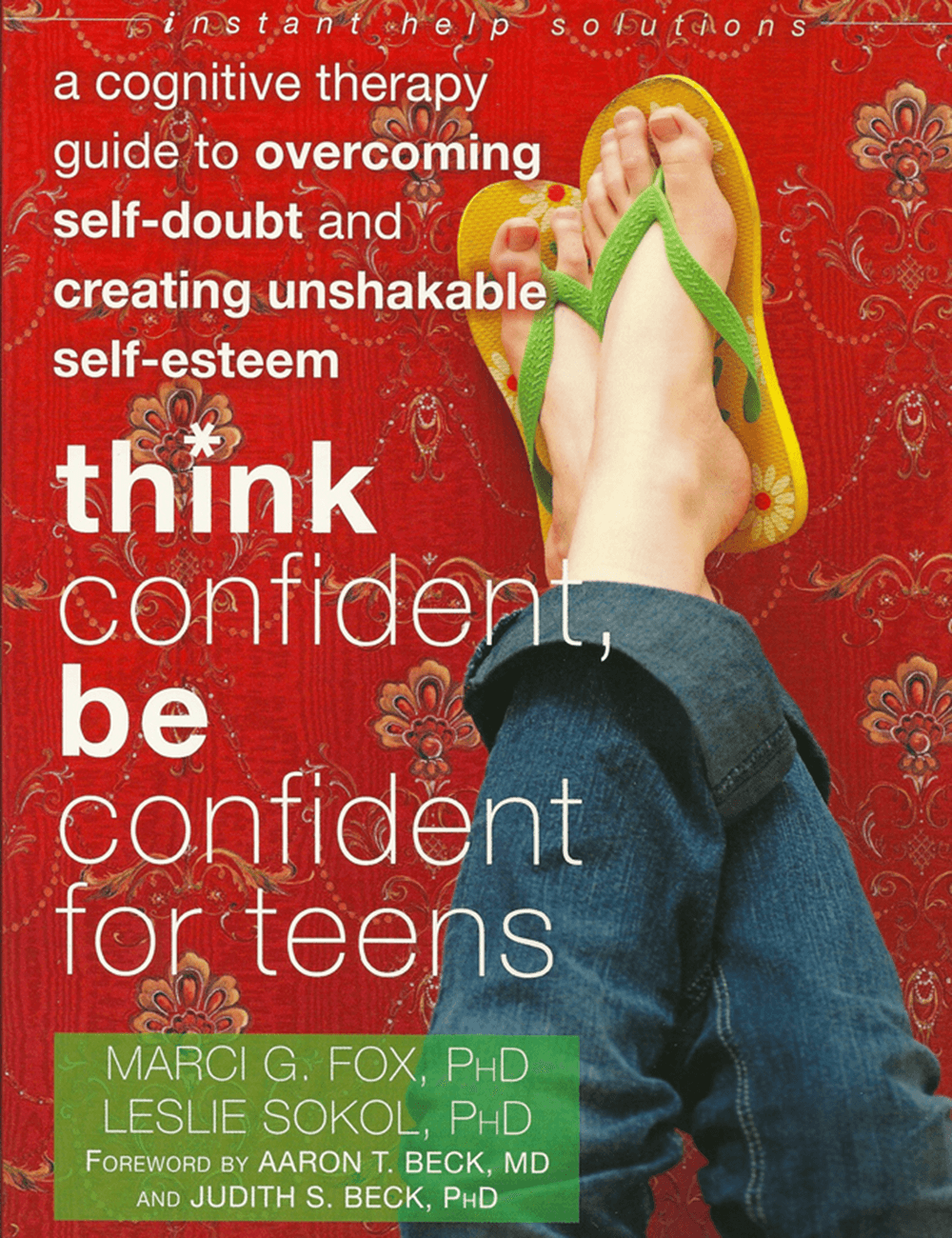Updated: May, 2015
© 2021 Think Social Publishing, Inc.
Life is improv. We make it up as we go along—responding and reacting to the words and actions of others. Yes, there are times when life may feel more scripted as we go through the same experiences again and again, but if you really stop and think about it, each interaction has a tone and feel all its own.
Most of us handle this improv with relative ease. But, if you have a nonverbal or social learning disorder, are on the autism spectrum, or live or work with individuals with these challenges, you know that even improvising at the level of small talk doesn’t come easy. The back and forth exchanges that are the hallmark of all relationships are elusive skills to these individuals. Early on in my improv training I realized that improv exercises target and reinforce some of the most basic and successful social interaction skills. Why not use them with our socially challenged kids?
Take the foundation skill exercise, "yes, and." Yes, and is a response to an offering by another actor. The first actor might say, "I love this restaurant!” The second might yes, and it by saying, "I love it too. AND my pasta tastes amazing!” (He receives and acknowledges actor #1's offering and adds a connective and expansive thought.) Actor #1 responds, "Mine is delicious too, AND I'm going to do a happy dance when I’m done eating!” Now they both have somewhere to go. The scene develops and heightens because of the mutual focus, acknowledgement, and expansive contributions of each actor.
I started using this improv exercise with my high school Social Thinking® group. Social Thinking is a teaching framework created by SLP, Michelle Garcia Winner, and it’s all about helping kids and adults learn to be better social thinkers so they can be more successful in social interactions. The Social Thinking Vocabulary and concepts Michelle created help all kids learn about the abstract process of our social experiences in more concrete ways.
After explaining how yes, and works and trying a couple of rounds with my group, one of the boys exclaimed, “It’s a formula! You just have to repeat what the last person says and add on to it. So, if the first person says, ‘I’m going to the mall today,’ the next person repeats and adds on by saying, ‘I’m going to the mall too! AND, I’m going to buy a new video game.’ The next person repeats that last add on, ‘Yes, I’m going to buy a new video game too, AND I’m going to play it on my big screen TV.’” It’s absolutely true that this exercise starts out very formulaic. Teachers working with kids who like to use scripts to memorize how to talk to others will have to eventually “unteach” this strategy to help it sound more natural. As children practice the yes, and strategy, the structure eventually becomes less rigid as the kids get into it, the additions become more natural, and the connections more fluid. The yes, and words themselves often drop away altogether. “I love amusement parks.” “Me, too! My favorite is Disney World!” “I love Disney! Space Mountain is the best ride ever!” Since back and forth exchanges are confusing for people with ASD and other social learning challenges, this exercise helps reinforce the basic skills needed for successful social interactions. It’s a first step in learning that we use connecting comments to build a conversation by linking our thoughts to what other people are talking about. It’s another way of helping our kids learn that interaction has a pace and rhythm and all people can contribute and be part of the dance.
Yes, and is one of the tools we all use for building healthy relationships. It’s a co-creative process within which we think about ourselves and others, listen to others, acknowledge and accept (or not!) what they are saying, and add related comments to keep the interaction moving along and on an even keel. It’s a precursor in teaching what Michelle calls “add-a-thought” comments.
My students with social challenges understand the importance of learning this exercise and are practicing outside the group with success. This is just one of the many ways life is improv. Yes, and better living through improv can be taught!
BIO
Robin Fox is an award-winning educator and video producer as well as a founding member of a professional improvisational comedy troupe. She has a B.A. in Psychology, a Master’s in Education, and a sixth year in Broadcast Media and Writing. Robin can be reached at social.eyes@ymail.com.












